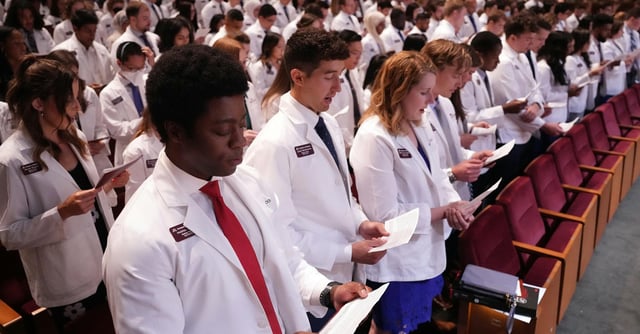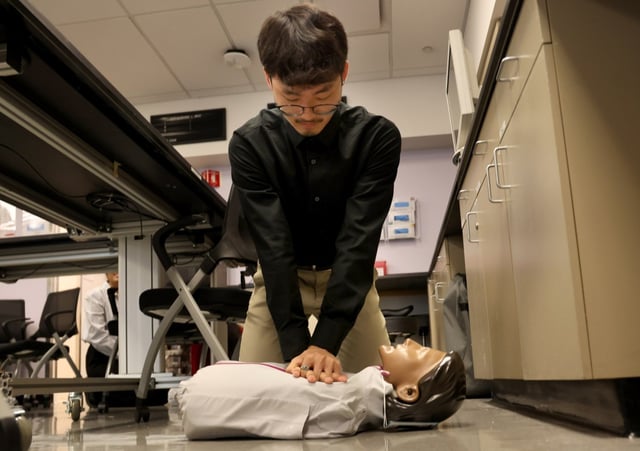Overview
- The law signed July 8 limits professional school borrowing to $50,000 a year and $200,000 over a career, with implementation set for July 1, 2026.
- The overhaul eliminates the Grad PLUS program and phases out several income-driven repayment plans and Parent PLUS loans, sharply narrowing federal aid options.
- Education Department draft guidance released July 22 outlines cap enforcement, streamlined repayment under two new plans and changes to Pell Grant eligibility.
- Half of current medical students relied on Grad PLUS loans and now plan to turn to higher-rate private loans or extend savings amid four-year tuition averages above $300,000.
- Medical societies and diversity advocates warn the restrictions will deter low-income and underrepresented applicants and risk worsening a projected 86,000-doctor shortfall by 2036.

